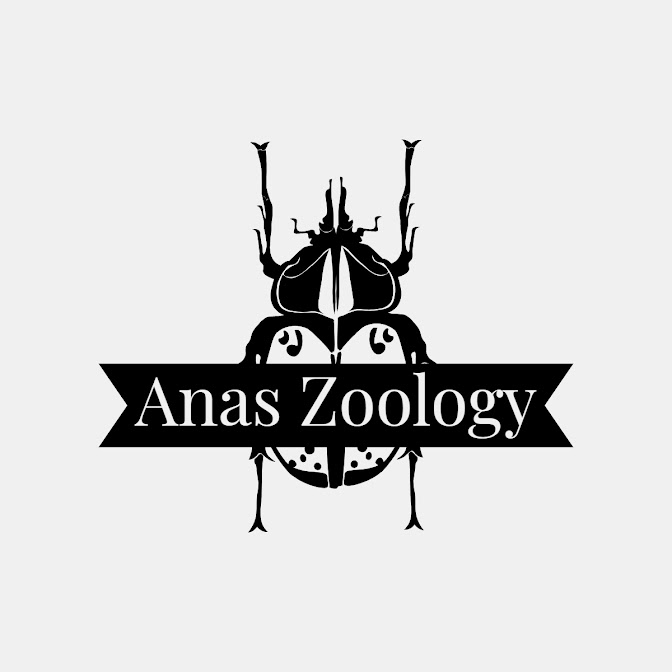Morphology of Flowering Plants PYQ's
Visit You tube channel for more MCQ's: https://www.youtube.com/channel/UCDI5O7VNvIby-Faq_ptLefw
Previous Year Questions:
1. Identify the part of the seed from the given figure which is destined to form root when the seed germinates. (2024)
1) A 2) B
3) C 4) D
Ans. 3 - C
Explanation: In the given figure 'C' represents radicle. Radicle is the part of the seed from which roots are formed.
2. Which of the following is an example of actinomorphic flower ? (2024)
1) Datura 2) Cassia
3) Pisum 4) Sesbania
Ans. 1 - Datura
Explanation: Datura is an example of actinomorphic (radial symmetry) flower. Cassis, Pisum and Sesbania are examples of zygomorphic (bilateral symmetry) flower.
3. Identify the type of flowers based on the position of calyx, corolla and androecium with respect to the ovary from the given figures (a) and (b) (2024)
1) (a) Epigynous; (b) Hypogynous
2) (a) Hypogynous; (b) Epigynous
3) (a) Perigynous; (b) Epigynous
4) (a) Perigynous; (b) Perigynous
Ans. 4 - (a) Perigynous; (b) Perigynous
Explanation: If gynoecium is situated in the center and other parts of the flower are located on the rim of the thalamus almost at the same level, it is called Perigynous. The given figures, both represents perigynous flowers.
4. Match List I with List II (2024)
|
List I |
List II |
|
A. Rose |
I. Twisted Aestivation |
|
B. Pea |
II. Perigynous flower |
|
C. Cotton |
III. Drupe |
|
D. Mango |
IV. Marginal
Placentation |
Choose the correct answer from the options given below:
1) A-II, B-IV, C-I, D-III
2) A-I, B-II, C-III, D-IV
3) A-IV, B-III, C-II, D-I
4) A-II, B-III, C-IV, D-I
Ans. 1 - A-II, B-IV, C-I, D-III
Explanation: Rose is a perigynous flower (gynoecium is situated in the center and other parts of the flower are located on the rim of the thalamus almost at the same level. Ovary is said to be half inferior.)
Pea shows marginal placentation (In marginal placentation the placenta forms a ridge along the ventral surface of the ovary and the ovules are born on this ridge forming two rows.)
Cotton shows twisted aestivation (In twisted aestivation one margin of the appendage overlaps that of the next one)
In mango the fruit is also known as a drupe.





Comments
Post a Comment